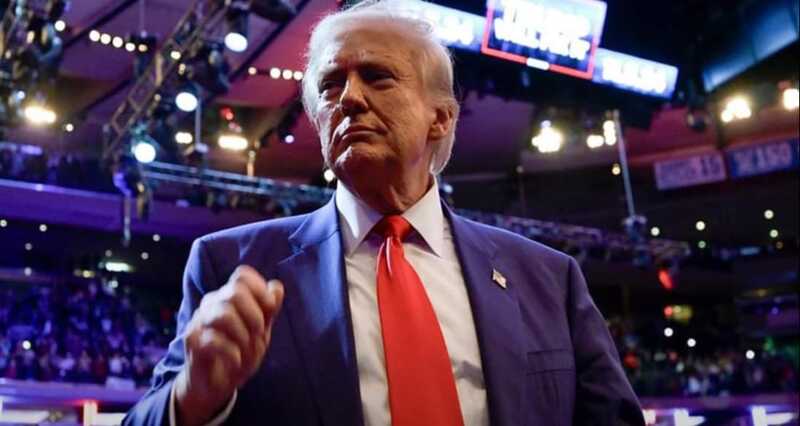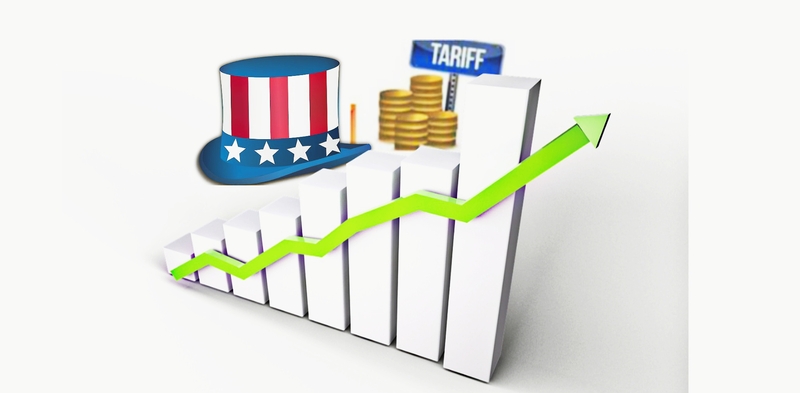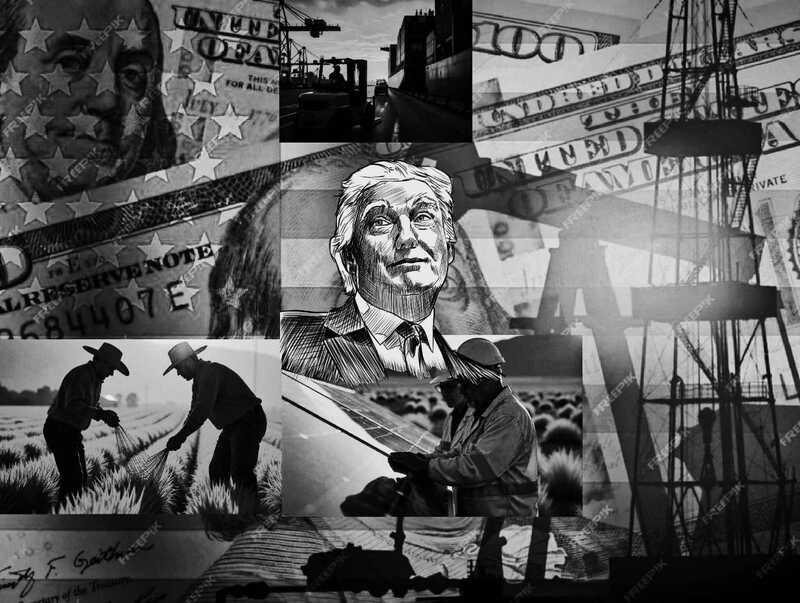 Donald Trump the 45th and 47th US President. Photo Credits: Facebook/Donald J. Trump
Donald Trump the 45th and 47th US President. Photo Credits: Facebook/Donald J. Trump
Trump's Return To The White House: Economic Shockwaves Across The Globe
NorthAmerica
Business
A Paradox in US Domestic and Global Policies
Trump’s return to office brings the US into a period of paradoxes — a mixture of domestic policies focused on protectionism and international moves that could reshape global political dynamics. His administration’s stance on economic growth, immigration, foreign relations, and environmental concerns will have far-reaching implications.
Protectionist Economic Policies and the Global Impact
Trump’s previous administration was marked by a focus on protecting American industries. This often took the form of trade wars, most notably with China, which escalated tensions between the two economic giants. As Trump assumes office again in 2025, it is expected that his government will continue to implement tariffs on foreign goods, further affecting global markets. The added uncertainty could disrupt supply chains and financial markets, leading to a volatile global economic environment.
However, there is a silver lining for the cryptocurrency market, which has benefitted from Trump’s pro-stance on digital currencies during his election campaigns. Cryptocurrencies were notably the largest financial backers of Trump’s presidential bid, and this financial relationship suggests that Trump’s policies may favor the digital currency market, leading to growth in this sector.
Tax Cuts and Economic Inequality
Trump’s plans to stimulate the US economy involve significant tax cuts, which are primarily aimed at benefiting wealthy individuals and large corporations. While this may provide a short-term economic boost, critics warn that such policies could exacerbate income inequality and increase the federal deficit. The US economy could see further polarization between the wealthy elite and the working class, with limited relief for lower-income citizens.
Immigration Overhaul and Labor Market Impact
One of the most controversial aspects of Trump’s previous term was his stance on immigration. In his second term, Trump is expected to reverse many of the policies implemented by the Biden administration, focusing on stricter border control and mass deportations of undocumented immigrants. This policy shift will likely have mixed effects on the US labor market: while it may reduce competition for low-skilled jobs, it could also benefit qualified professionals who meet the new criteria for legal immigration.
Concerns have already risen along the US-Mexico border, where thousands of individuals are seeking legal entry via the CBP One app. With the change in immigration policies, the future of undocumented migrants in the US remains uncertain.
A Shift in Foreign Policy: Relations with Russia and Ukraine
Trump’s foreign policy stance is also drawing attention, especially regarding the ongoing war in Ukraine. Trump has expressed a desire to end the war and has even suggested that the US could work to re-establish better relations with Russia. This could have significant implications for international politics, particularly as Russia and the US may shift from adversarial positions to a more cooperative relationship, potentially undermining the West’s current sanctions against Russia.
Trump’s comments on BRICS nations — particularly his threat to stop doing business with countries that seek to replace the US dollar — further emphasize his protectionist approach. This could hinder the BRICS bloc’s efforts to introduce a new currency to challenge the US dollar’s dominance in global trade.
Environmental Policies and Climate Change
Trump’s environmental policies are another area of concern. Having pulled the US out of the Paris Climate Agreement in 2017, Trump’s second term is likely to continue prioritizing the protection of American manufacturing industries over international climate commitments. This could slow global efforts to combat climate change, as the US, a major emitter of greenhouse gases, may retract from multilateral environmental agreements.
Implications for Africa
Trump’s policies on foreign aid are expected to change significantly, with cuts to US aid and donations to African nations. As the US shifts focus to internal issues, African leaders will need to rely more on their own resources to tackle regional challenges. While this could spur more self-reliance in African nations, it also risks hindering the progress of key development projects that depend on external funding.
A Global Shift in Trade, Immigration, and Environmental Policies
As Donald Trump returns to the White House in 2025, his policies will undoubtedly reshape the US’s relationship with the rest of the world. With a focus on protectionism, tax cuts, deregulation, and stricter immigration laws, Trump’s administration will have significant consequences for both the US labor market and the global economy.
Internationally, Trump’s stance on issues like climate change, the Russia-Ukraine conflict, and the dominance of the US dollar will influence global politics and trade for years to come. As world leaders prepare for his second term, it’s clear that the global political landscape will experience a shift toward more isolationist and protectionist policies, leaving many nations to navigate the new reality of a Trump-led US.



